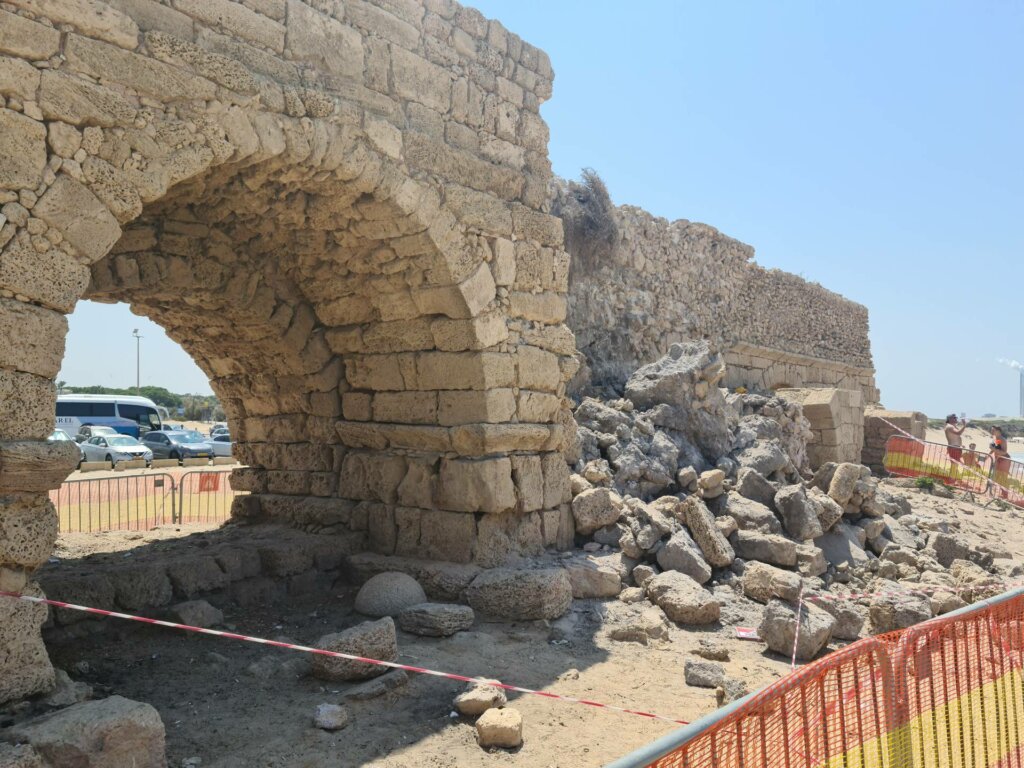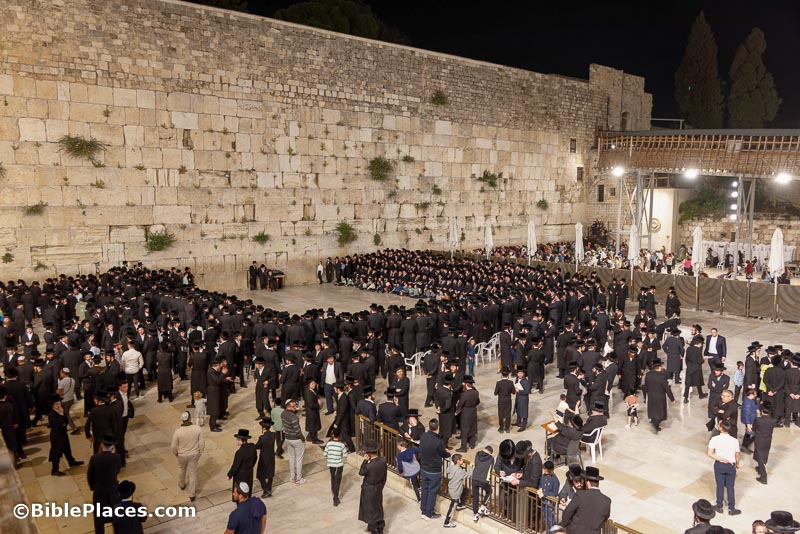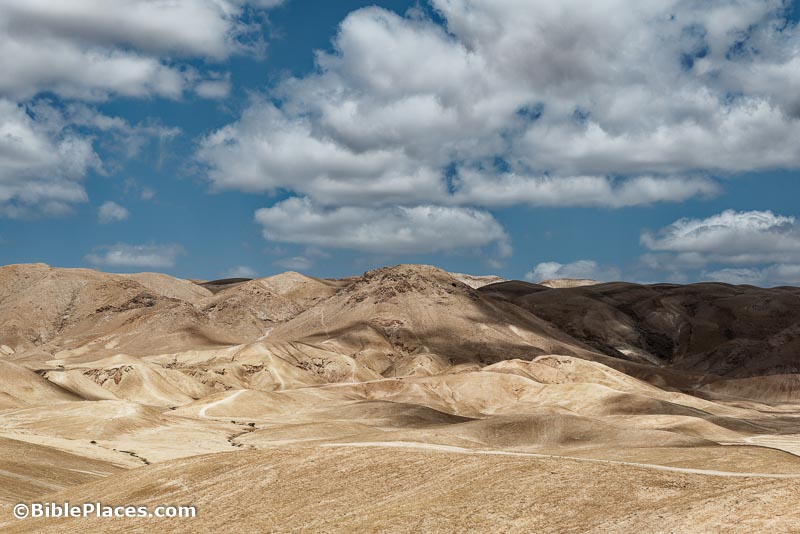One of the earliest water channels in history was discovered in the Izmir province in Turkey.
Ben Witherington is impressed with the new Izmir Museum (parts 2, 3, 4, 5). He also recently traveled to Patmos (part 2) and the tombs of Philip of Macedon and family (parts 2, 3, 4, 5, 6).
Mark Hoffman explains how you can walk in Paul’s steps from Corinth to Cenchrea. His guide includes maps, photos, and detailed instructions for two routes, each about 7 miles one-way.
A 30-minute documentary follows archaeologist Stephan Lehmann in his work in detecting forged antiquities.
A forensic archaeologist says that the British Museum theft is the “worst in modern history.” The BBC story says that only 1% of the museum’s artifacts are on display, and not all of the rest is “properly catalogued and registered.”
More than 20,000 Achaemenid tablets from Persepolis will be returned to Iran from the Oriental Institute by the end of the year, according to an Iranian official.
NY Times: “The Egyptian government has demolished historic tombs, cultural centers, artisan workshops and gardens in pursuit of large-scale urban renewal.”
“Scientists have decoded an ancient aroma by identifying the ingredients used in Egyptian mummification balms — and resurrected the scent.”
Silvia Zago reviews Egyptian views of the otherworld.
Megan Sauter explains how to see some of the earliest Christian art in the entire world—located in the Catacomb of Priscilla in Rome.
Barbara Sofer visited Ostia to learn about the ancient synagogue and Jewish population of Rome’s port city.
HT: Agade, Arne Halbakken, Ted Weis, Explorator


